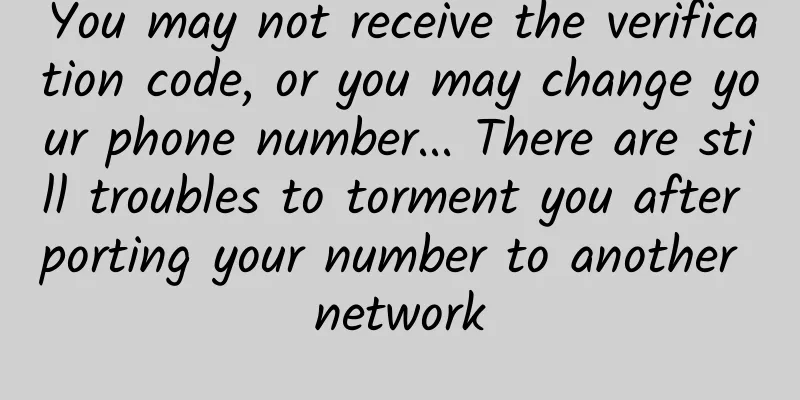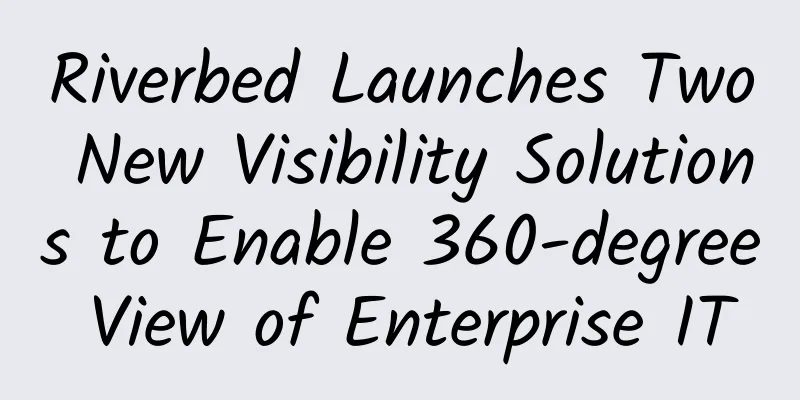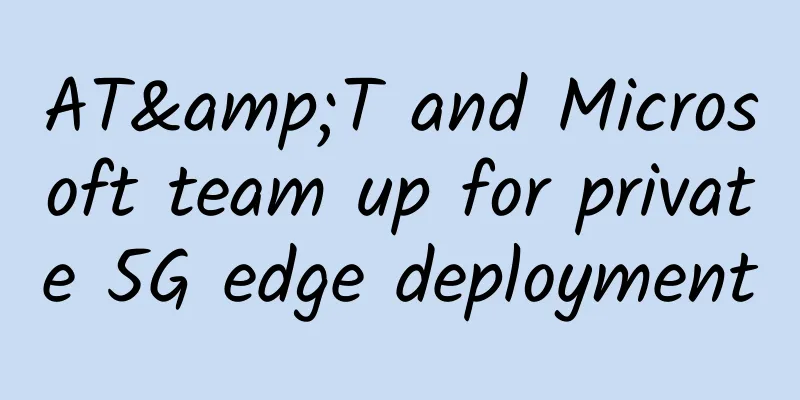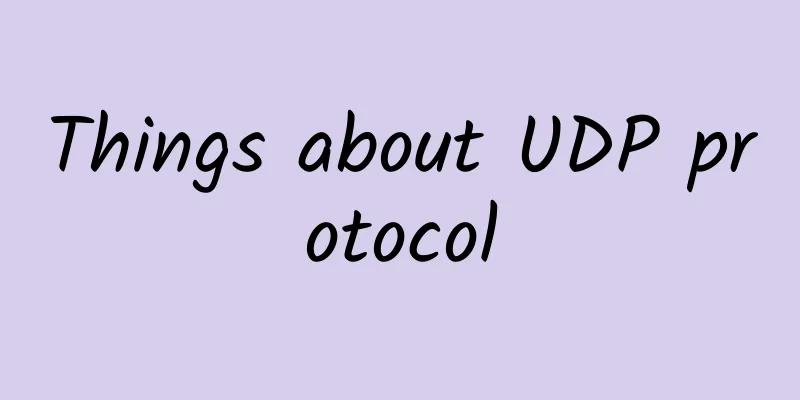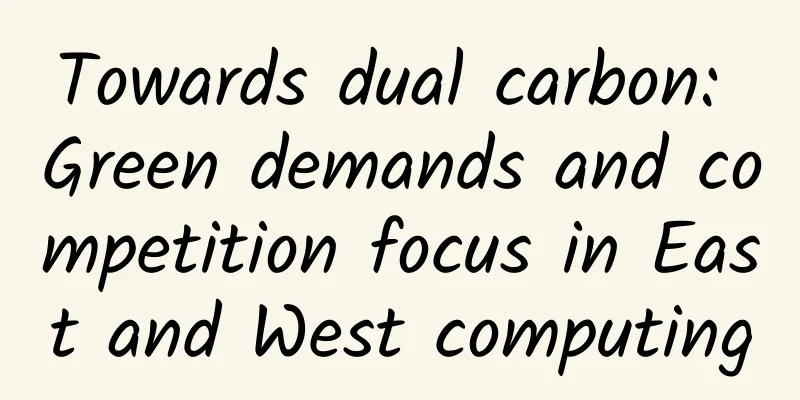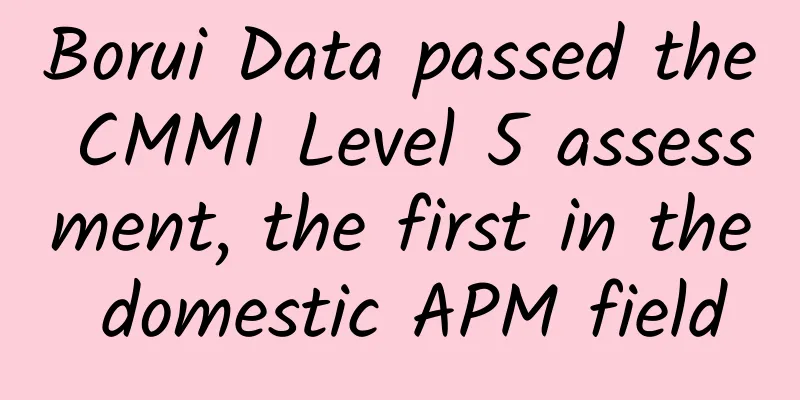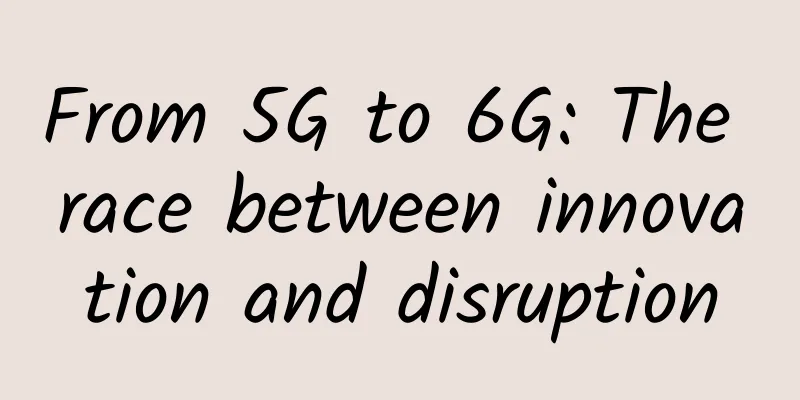Why does TCP need a three-way handshake? Explain it to you in the most popular words
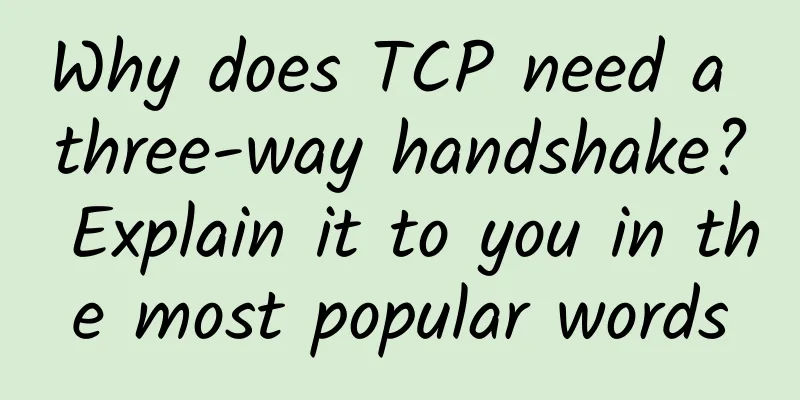
|
TCP implementation principle and why three-way handshake is needed? Two-way handshake is not possible? Four-way handshake is not possible? Readers can read the detailed explanation of this blog with questions. Ok, before explaining the reason, we still need to review the basic knowledge of TCP and the three-way handshake protocol: 1. What is TCP protocol?TCP: Transmission Control Protocol is a connection-oriented, reliable, byte-stream-based transport layer protocol. RFC 793 defines a TCP connection as follows: Connections:
The general meaning is that TCP connection is used to ensure reliability and flow control mechanism, including Socket, sequence number and window size. The socket is composed of IP and port, the sequence number is used to solve the disorder problem, and the window size is used for flow control. 2. Characteristics of TCP protocol
ps: The reliability of TCP transmission is due to the fact that TCP records the sending status of information. TCP will record which data is received and which data is not received. Then, in case of packet loss, that is, unsuccessful sending, TCP will resend the packet, so the reliability of TCP is guaranteed in this way. 3. TCP three-way handshake execution processThe TCP three-way handshake execution process is a very common question in interviews. Because this problem is also a very important foundation of computer science, it needs to be studied carefully. Keyword description:
TCP three-way handshake execution process:
4. Why does the TCP protocol require a three-way handshake?OK, now that we know the basic working principle of TCP's three-way handshake, we can explain why TCP needs three-way handshakes? Why not just design it as a two-way handshake? Reason: Avoid duplicate connectionsIn fact, the reason for the three-way handshake is pointed out in RFC 793 Transmission Control Protocol. The principle reason for the three-way handshake is to prevent old duplicate connection initiations from causing confusion. The main reason is to prevent old duplicate connections from causing connection confusion. For example, in a complex network environment, the client may send multiple requests in succession. If only two handshakes are designed, the server can only receive requests and return request information, and it does not know whether the client's request is successful. These expired requests will cause confusion in the network connection. Therefore, it is designed as a three-way handshake. After receiving the return message of SEQ+1 from the server, the client will know that this connection is a historical connection, so it will send a message to the server to tell the server. Therefore, the purpose of designing TCP into a three-way handshake is to avoid repeated connections. Then can it be designed as a four-way handshake? A five-way handshake? No? The answer is yes, but in order to save resources, three handshakes can meet the actual situation, so there is no need to design four handshakes, five handshakes, etc. |
<<: Outstanding Network Virtualization Solutions in 2021
Recommend
Ten areas you must know about 5G
The development of 5G is in full swing, and it ca...
How to ensure the security of 5G wireless networks
5G creates opportunities for both users and cyber...
Four small things that are bound to happen in the field of network switching in 2019
In 2018, friends in the network circle have witne...
Xuzhou is included in the pilot program of digital application upgrade for smart city construction
[[189078]] On August 13, the National Administrat...
Comprehensive promotion of 5G construction requires full participation from all parties
Although the top leadership has once again clarif...
DogYun Hong Kong MG Data Center BGP Line Classic Cloud Server Simple Test
The tribe has shared information about different ...
Huawei Enjoy 10S hands-on review: good looks, photography, and battery life
Data released by market research firm QuestMobile...
Why are iOS and Android game data not interoperable? The truth is revealed
One day you get tired of it and want to switch to...
How will the arrival of 5G affect smart cities and real estate?
The fifth generation of mobile connectivity is up...
A glimpse of the "treasure" in the tube: the last piece of cake for operators
Global Internet giants are accelerating their pen...
In addition to speed, what are the key technologies of 5G?
[[285321]] 5G is not just about faster internet s...
5G Imagination in the Internet of Vehicles Makes Transportation Smarter
[[351620]] 5G is one of the Internet of Things co...
What is DNS and how does it work?
The Domain Name System (DNS) is one of the founda...
DediPath Christmas Promotion: Los Angeles/Las Vegas dedicated servers starting at $39 per month, 55% off on all VPS
DediPath has released a Christmas promotion plan,...
